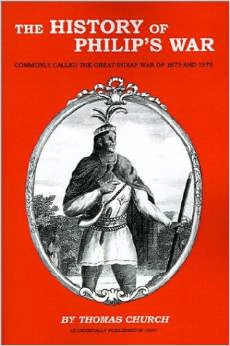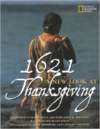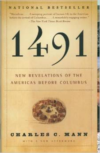Description
Metacomet, younger son of Massasoit, was also known as King Philip. In 1662, he succeeded his brother Wamsutta as sachem or chief of the Wampanoag tribe. Metacomet earnestly attempted to maintain his father’s peaceful policies with the Colonists, but the English pushed ever farther into Wampanoag lands, imposing their laws on the native people. Eventually, a reluctant Metacomet united the disparate tribes of the region and led an uprising later known as King Philip’s War. The war that is known as King Philip’s War ranged from the Mt. Hope peninsula in Rhode Island to the outermost colonial settlement of Northfield, Massachusetts.
King Philip’s War began with a massacre of colonists at Swansee, Plymouth, by a band of Indians. The war was started by King Philip after three of his people were executed by the English for murdering an Indian in English employ. Brookfield was attacked and destroyed by Indians and they were later forced to retreat under an assault led by Major Simon Willard. Deerfield was set aflame by attacking Indians. Lancaster was attacked by Indians led by King Phillip. The settlement was destroyed by fire after all the men were killed and the women and children taken prisoners.
Soon, the Narragansetts joined Metacomet to form an army of three to five thousand men. For a time, his armies’ guerrilla-style tactics confounded the enemy, but the British eventually prevailed. Colonial militia surrounded and killed some of the army. With the number of men growing smaller and smaller, Metcomet continued attacking villages. King Philip’s War was ended when the Wampanoag leader was surprised and shot by an Indian in the service of Capt. Benjamin Church on August 12, 1676.Metacomet’s head was on display in Plymouth for twenty years.






Reviews
There are no reviews yet.